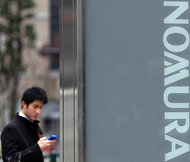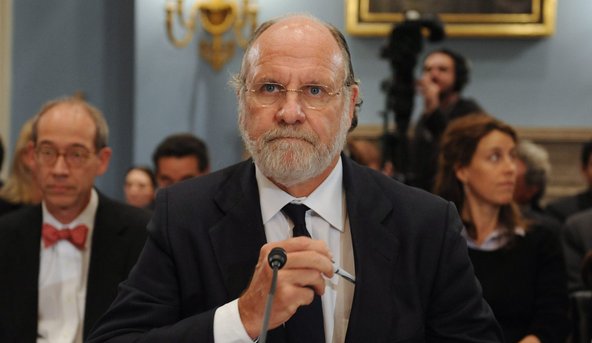NYSE Euronext said the New York Stock Exchange would open, although it would switch to fully electronic trading if necessary. Nasdaq OMX’s Nasdaq Stock Market will be operating on Wednesday as well, and BATS Exchanges will be open as well.
“We are shooting hard to open tomorrow and fully expect to do so, but lots of firms are going to have either connectivity problems, or other things, so we are urging all firms to get out there and test their back-up,” NYSE Euronext Chief Operating Officer Larry Leibowitz said in an interview.
U.S. exchanges, banks, brokers and others conferred for hours on Tuesday about the feasibility of resuming trade after exchanges closed because of bad weather for the first time in 27 years.
Lower Manhattan, where Wall Street and the NYSE are located, lost power on Monday after being buffeted by Sandy, the worst storm to hit New York since at least 1938.
The NYSE has opened in adverse circumstances in the past, including the Monday after Hurricane Irene in August of last year, and on September 17, 2001, six days after the 9/11 attacks.
The NYSE, which accounts for about a quarter of U.S. stock market trading volume, is testing the possibility of routing trades through its electronic platform, Leibowitz said. Under normal conditions it handles about half its volume through its trading floor at 11 Wall Street, where traders and specialists buy and sell stocks in person.
“Tomorrow will not be without hiccups, but will be good enough that the market will be fine,” he said.
The NYSE had said on Sunday afternoon it planned to close its trading floor and to move all trading to its electronic market. It backtracked on that idea after traders and regulators expressed concern – given the difficulties and low staffing levels due to the storm – about moving everything to the all-electronic venue, a plan tested on March 31 but never used live.
An industrywide testing session was held in the morning, and rival exchange Nasdaq also conducted its own tests.
Bond markets were also closed on Tuesday, with traders aiming to reopen on Wednesday.
September 2001 was the last extended period of time that saw the exchanges close, as the exchange closed on September 11 following the World Trade Center attacks, and opened on September 17, the Monday following the event.
“It would be unprecedented to have three days of closure from a weather-related emergency, and the greater point is that American markets do not want to be perceived as anything other than reliable,” said Mike Shea, managing partner and trader at Direct Access Partners LLC in New York.
“That’s really the issue. An emergency like September 11 was different.”
Kenneth Polcari, long-time floor trader at the NYSE, said he was still waiting to hear how the exchange would get the direct market-makers, that is, the specialists who facilitate buy and sell orders, to the floor.
“If they aren’t there and they still trade, then there is no reason for them to have those guys at all,” he said.
MANY BANKS SLOWLY OPENING
Plans to resume trading will be complicated by the lingering effect of the storm on New York. Sandy brought a record storm surge that flooded subway tunnels. The city’s subway service is not likely to resume for four to five days, Mayor Michael Bloomberg said on Tuesday.
JPMorgan Chase Co, the largest U.S. bank, expects many employees will be able to return to buildings starting on Wednesday, according to an internal memo obtained by Reuters.
One of Citigroup’s main investment banking buildings at 388 Greenwich Street in Manhattan had minor flooding, and is without power, an internal memo said. The building sits by the Hudson River. A smaller Citigroup building by the Hudson River is running on a generator. The bank expects both to be accessible within two days.
Article source: http://www.nytimes.com/reuters/2012/10/30/business/30reuters-storm-sandy-nyse.html?partner=rss&emc=rss





